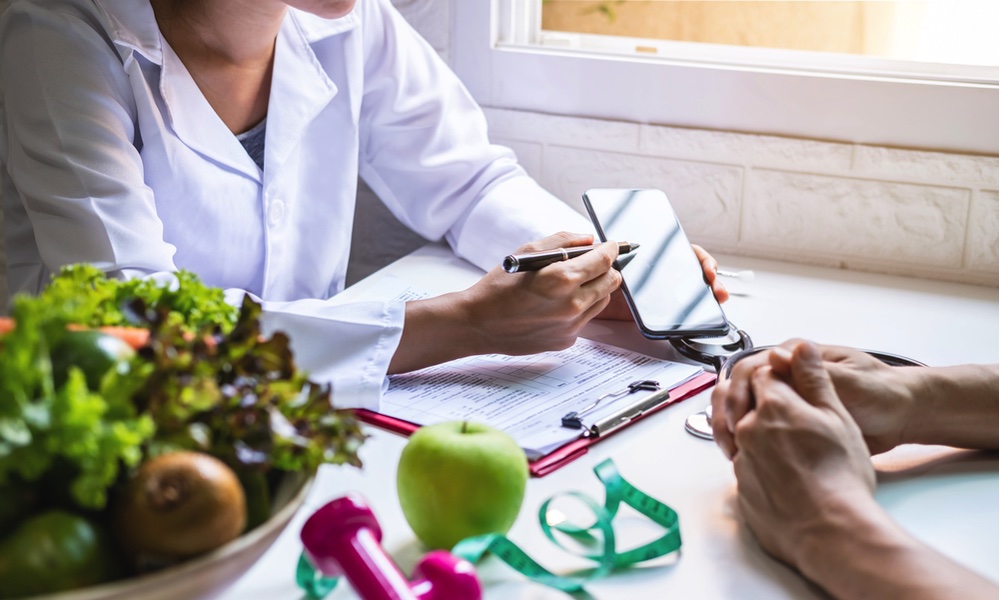Healthcare costs for diabetes patients are skyrocketing. One way to bring these costs down is to use food as medicine, an approach that could save as much a $40 billion in medical costs, according to projections by researchers at Tufts University’s Friedman School of Nutrition Science and Policy.
The idea is to make it easier for those with diabetes who are food-insecure to eat a diet that will help them keep their blood sugar under better control, reducing the complications of diabetes and cardiovascular disease and the healthcare bills that accompany them.
Produce prescription programs have been used by public health agencies and non-profit organizations for almost a decade. They usually work like this: a patient with a diet-related health condition is given a voucher or electronic card that can be redeemed for free or discounted fruits and vegetables by a healthcare professional. The produce can be delivered to the patient’s home or picked up from a grocery store, farmer’s market or healthcare food farmacy.A produce prescription program for adults with diabetes and food insecurity would increase participants’ fruit and vegetable consumption by the equivalent one small apple a day, with resulting reductions to their weight and blood sugar levels.
Given these results, the Tufts team wanted to see what the benefits of a produce prescription program might be projected on a national level. Their simulation, based on pooled studies of 20 smaller-scale initiatives and nationally representative datasets, assumed that a produce prescription program for 40- to 79-year-olds with diabetes and food insecurity would increase participants’ fruit and vegetable consumption by an average of 0.8 servings per day (the equivalent of eating one small apple), with resulting reductions to their weight and blood sugar levels.
The results suggest that a food as medicine program could prevent 296,000 cases of cardiovascular disease — heart attacks and strokes — and participants would gain 260,000 years lived with good health over their lifetimes.
The projections produced estimates that these health benefits would save $39.6 billion in health care spending and $4.8 billion in lost productivity costs. It was estimated that implementing the program nationally would cost $44.3 billion to cover the expenses of screening patients, providing food and nutrition education, and administration.A national produce prescription program would cost about $18,000 per quality-adjusted life year gained. In comparison, the weight loss medication semaglutide (Ozempic) costs about $200,000 per quality-adjusted life year gained.
These are just projections, and there is potential for either over- or underestimation of the health impact and costs of these initiatives. The model was based on the best available data, however, and uses the results from real-world implementation of produce-prescription programs applied to current national population and health metrics. If fewer people than expected participated, the researchers acknowledge the health benefits and costs would each proportionally be reduced, but still be meaningful.
The programs could also help level the playing field when it comes to economic disparities and health. “When we looked at different subgroups of Americans, we found broadly similar benefits by insurance type, race, and ethnicity,” first author, Lu Wang, a postdoctoral fellow at the Friedman School, said. “These results suggest that a national produce prescription initiative could benefit all Americans, highlighting the potential of Food is Medicine strategies to alleviate health inequities caused by food and nutrition insecurity and diet-related diseases.”
The study is published in the Journal of the American Heart Association.





